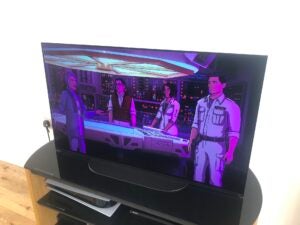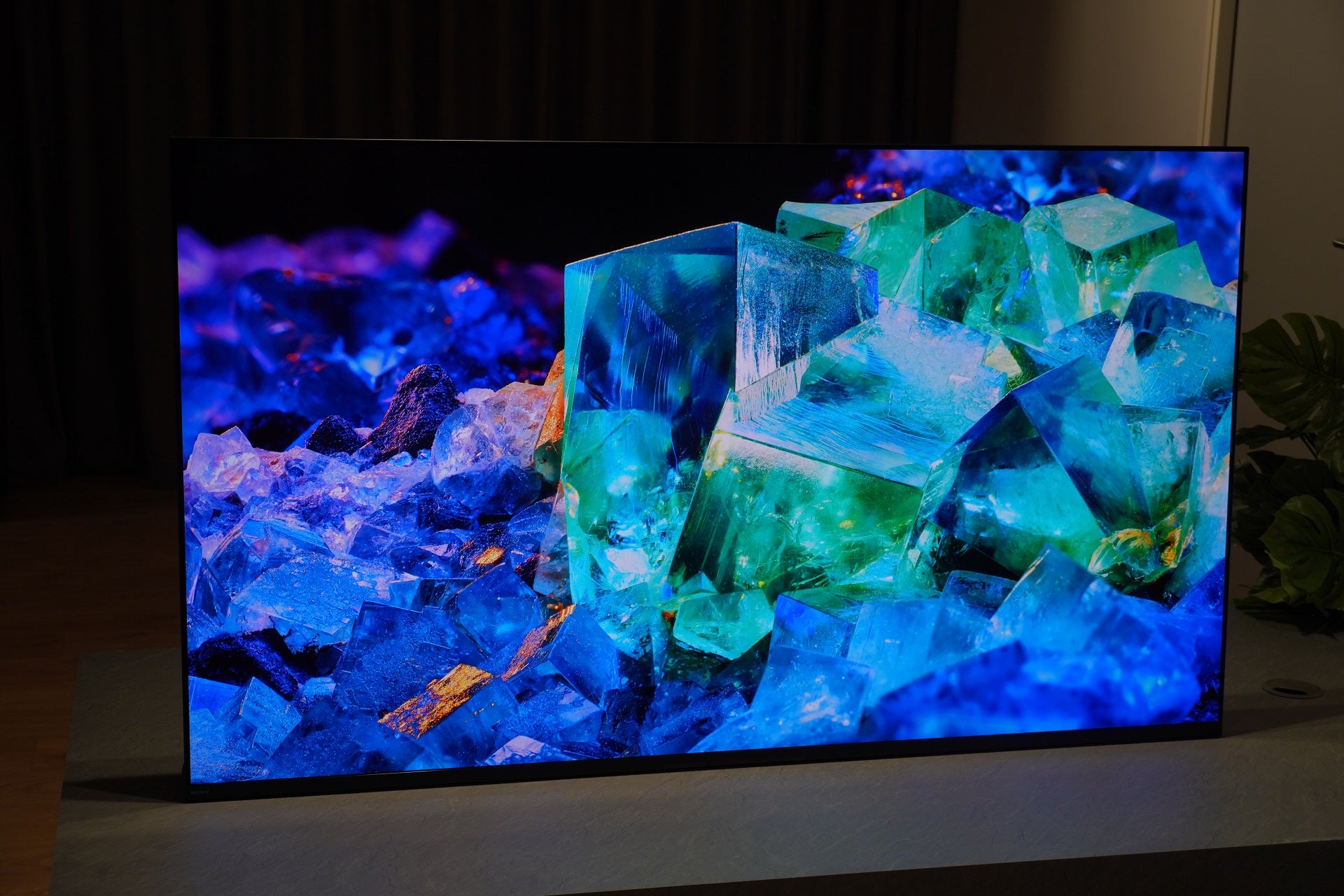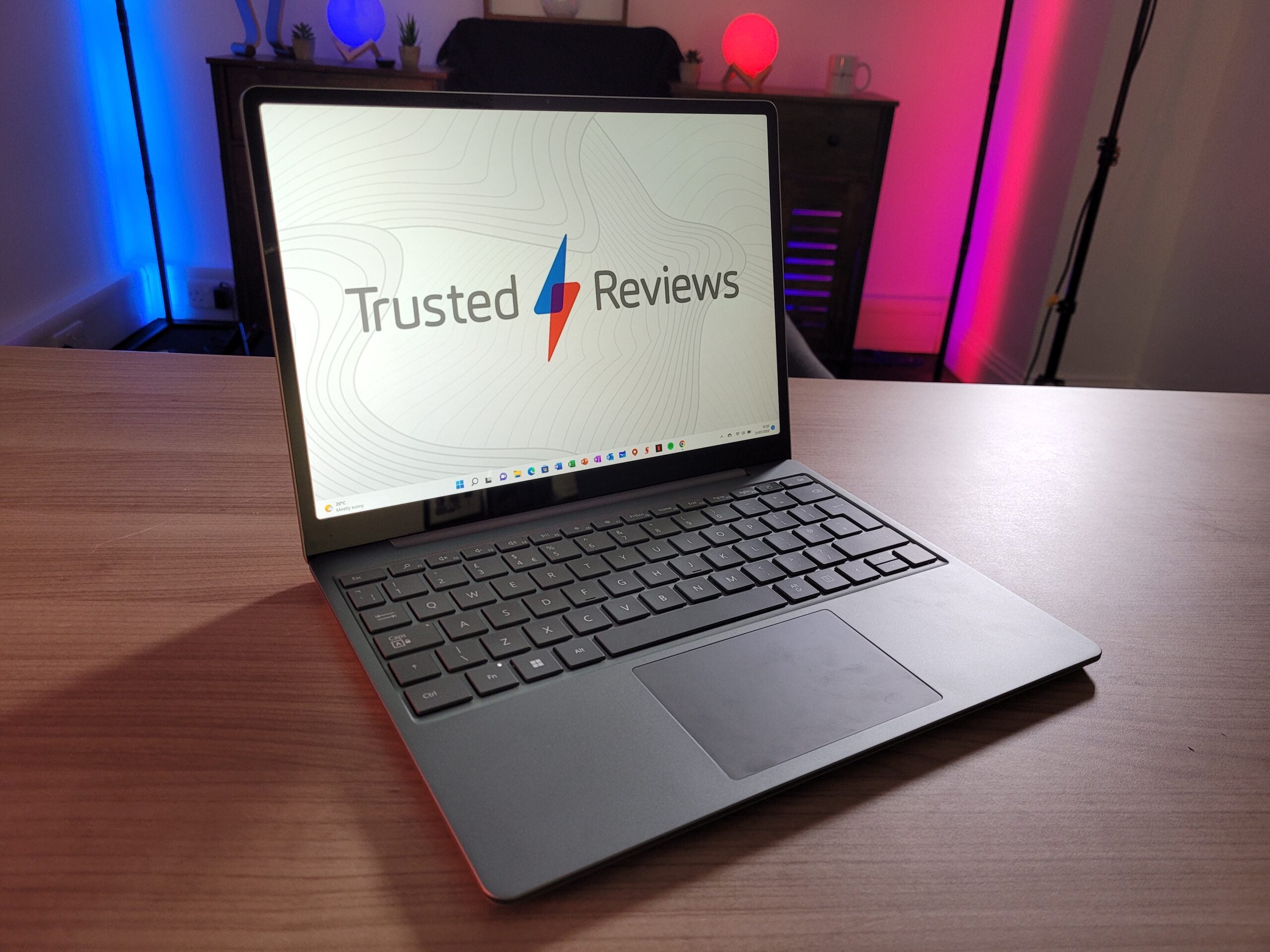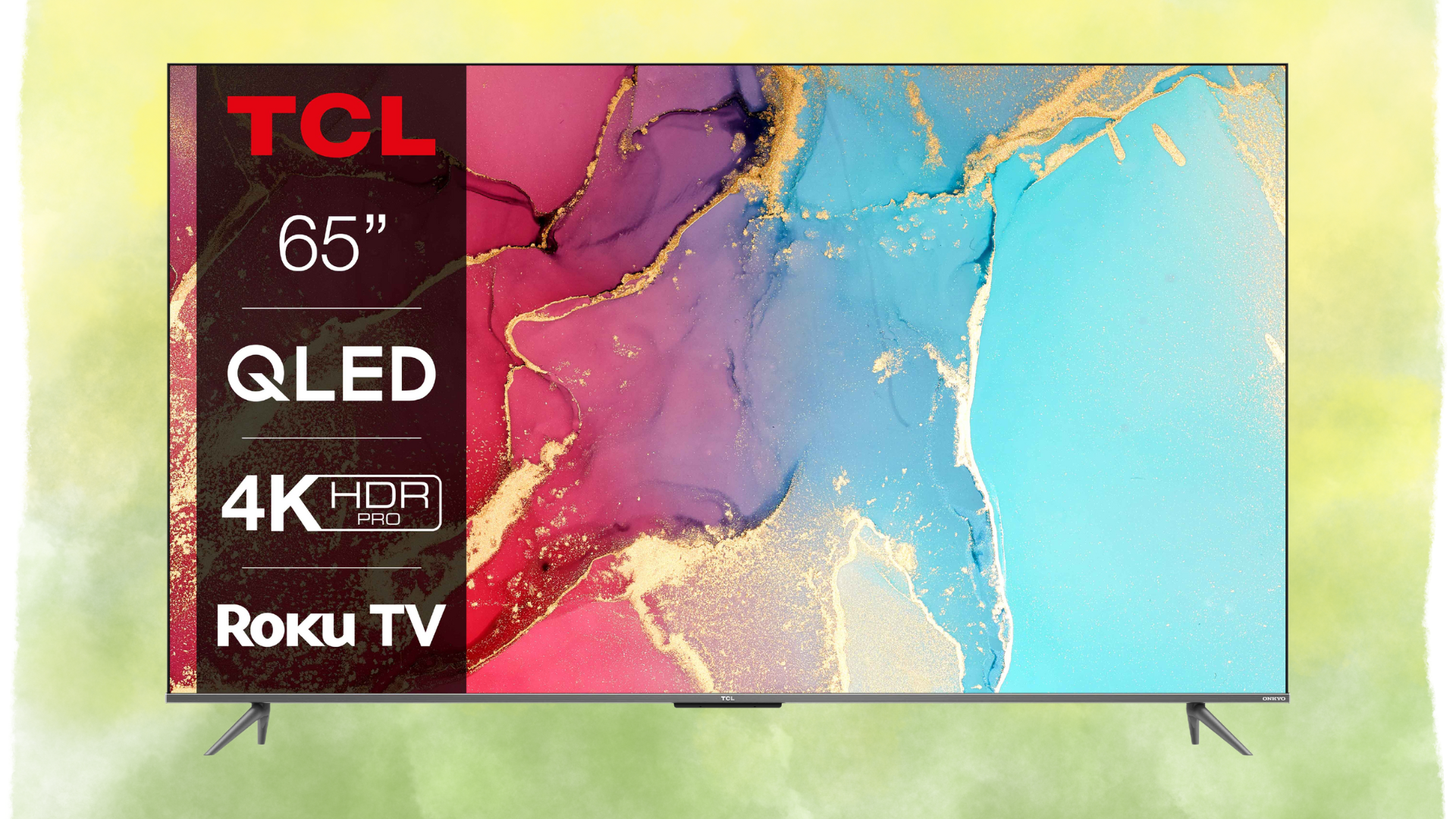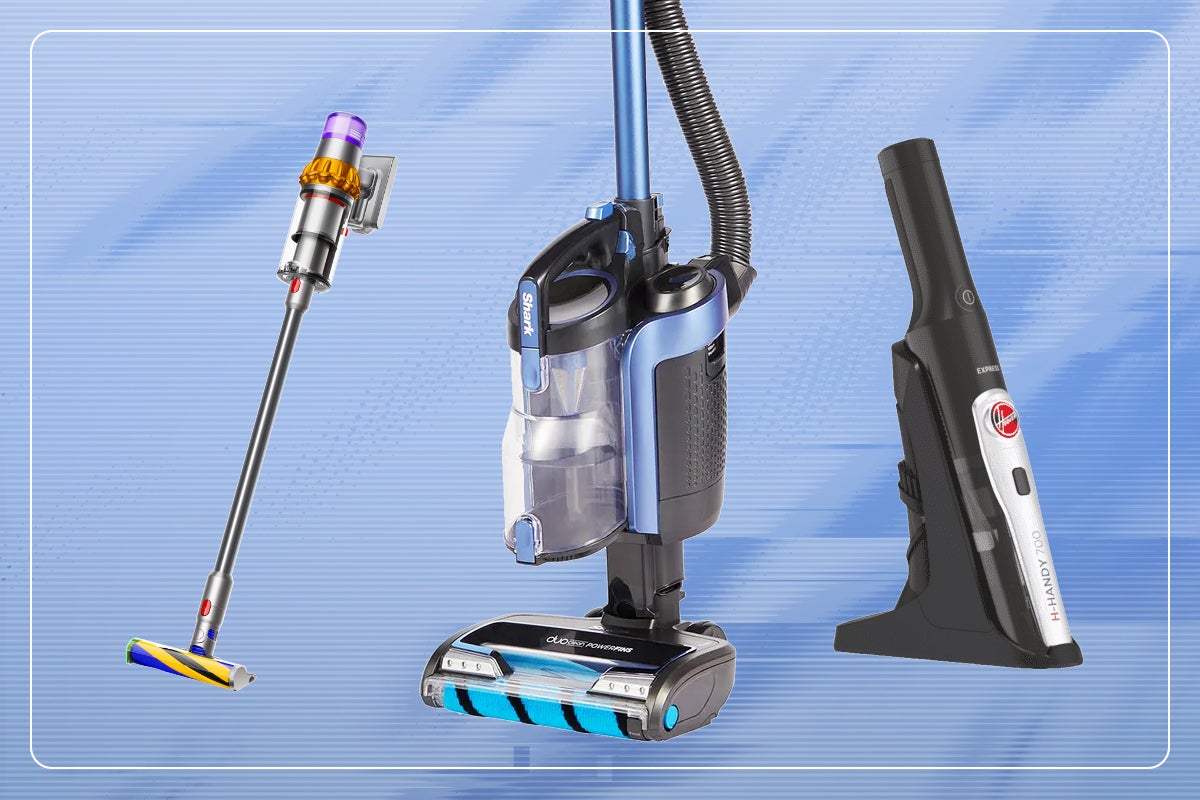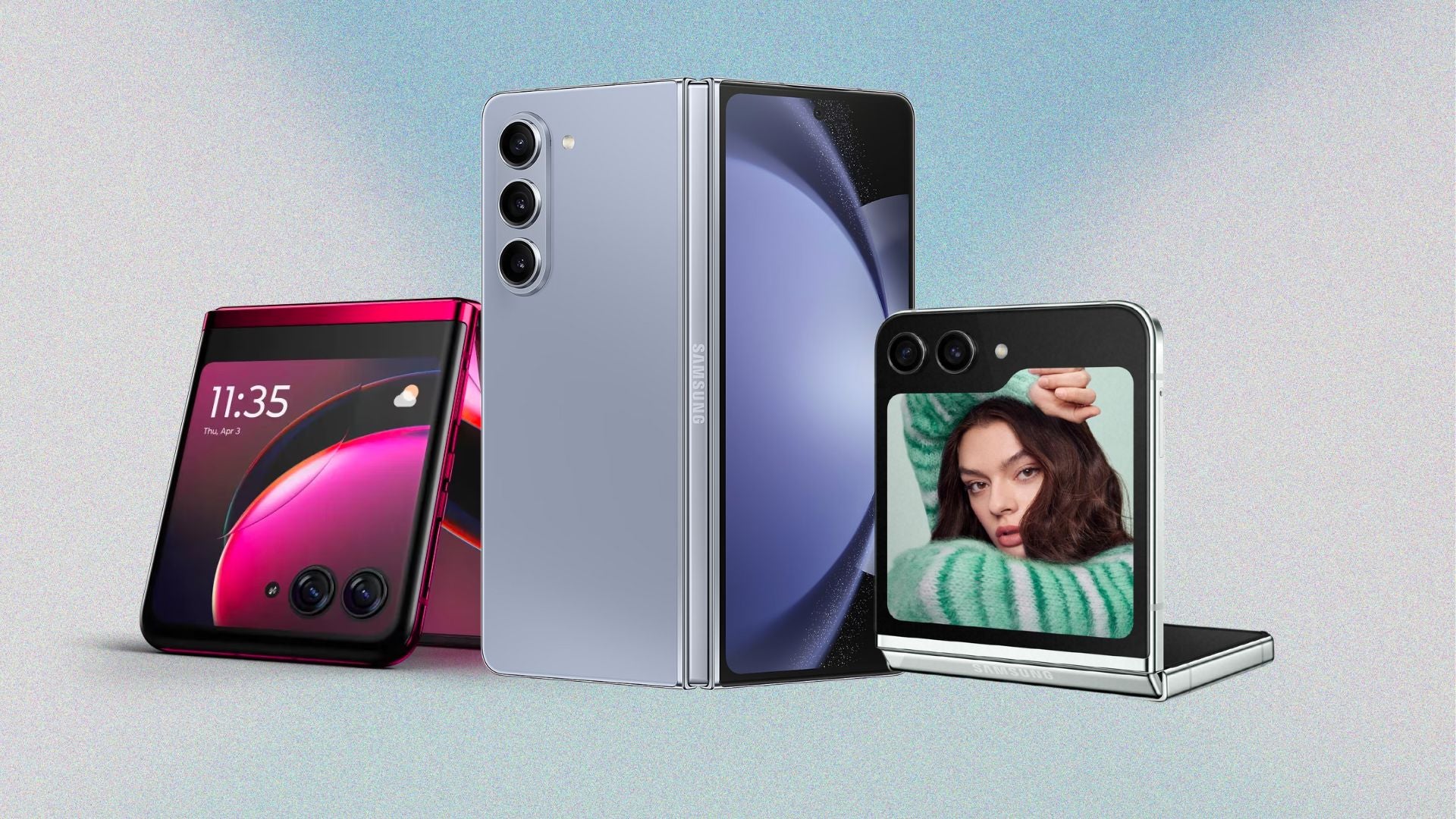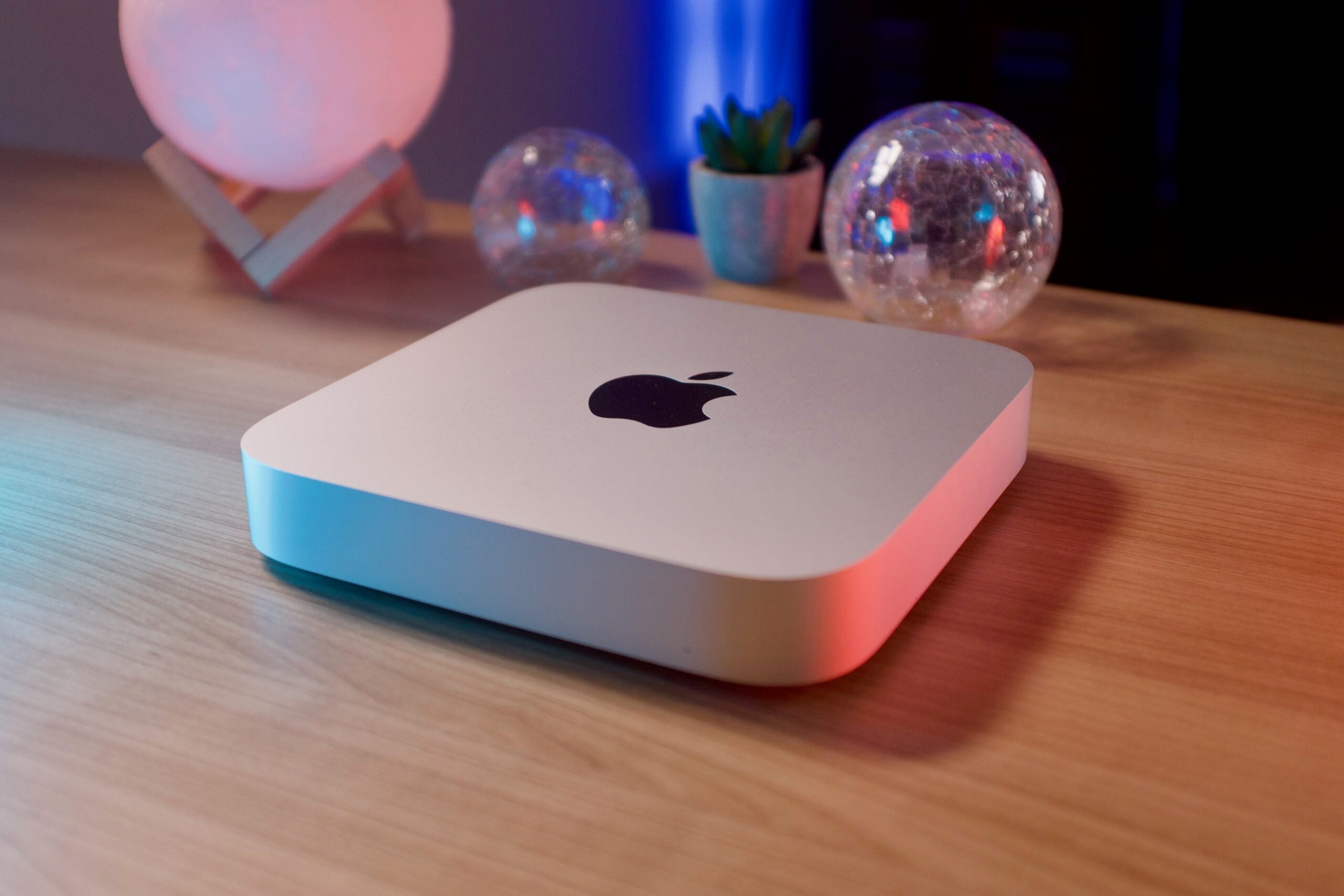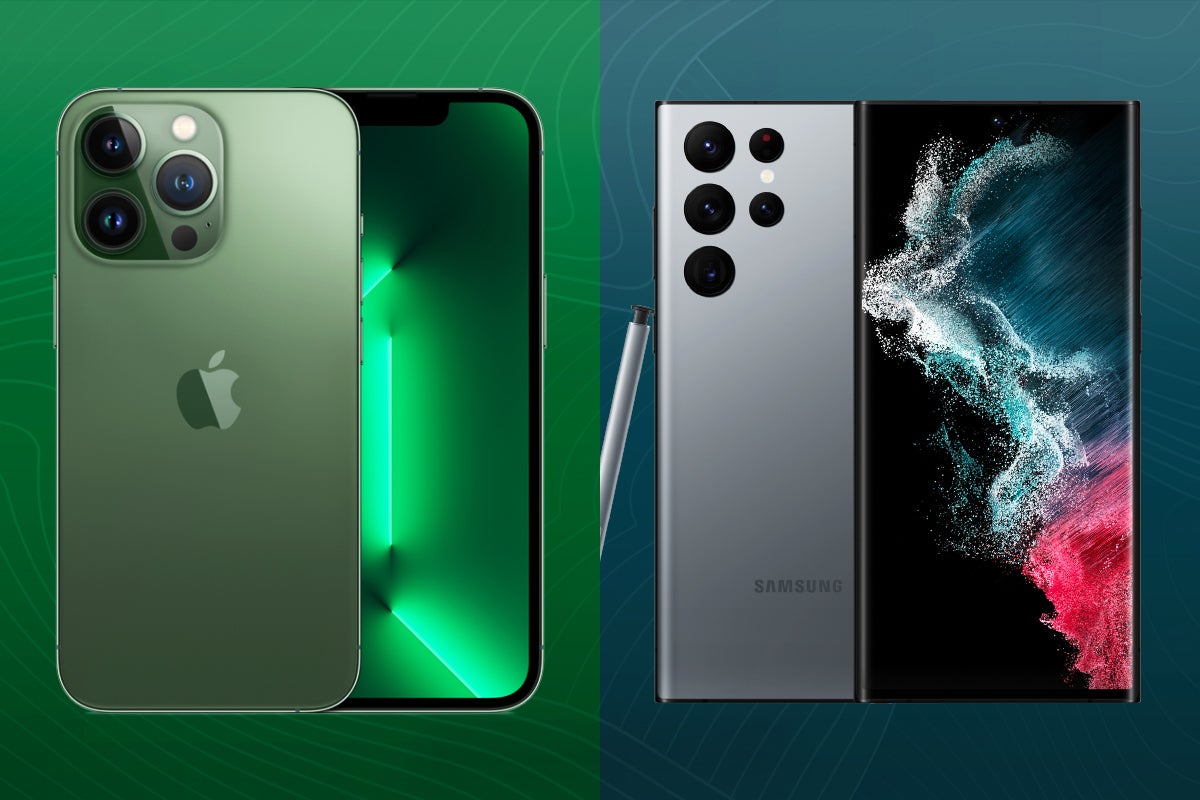Best TV For PS5: Top screens for PlayStation 5
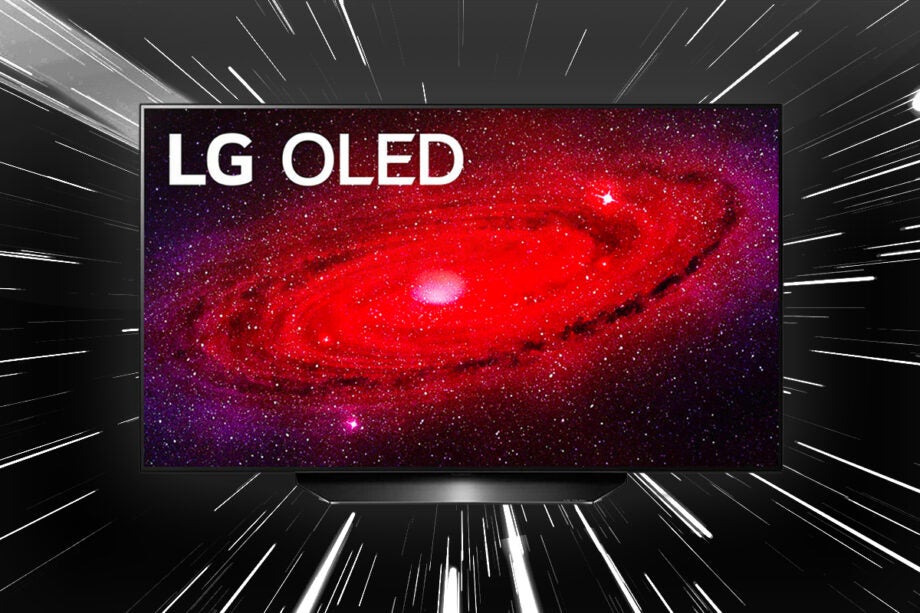
If you’ve got a PS5, you’ll also want to a TV that can take advantage of Sony’s latest hardware.
The console supports features such as VRR and 4K graphics at 120fps, so you’ll want to search for a TV that is compatible with these features to get the most out of your PS5.
Not every TV will be the perfect match, especially if you’re in the market for a high performance set. The TVs we’ve selected are all on OLEDs, and for the most part they’re split by size with models as large as 65-inches to as small as 42-inches. That way, you’ll have a choice of TVs for the living room, or something more suited to the bedroom or gaming room.
We to test every TV we review extensively, with some tests taking place over several days to help gauge their performance, and as this is a best TV for the PS5 list, we also game on the console to judge how well it looks and plays on each screen.
If nothing on this list is taking your fancy right now, then make sure you bookmark this page and come back soon. Or if you’re looking for another console-ready TV elsewhere, you can also check out some of our other roundups such as our Best TV, the Best OLED TV, the Best Cheap TVs and the Best 4K TVs too.
And if you have another console that you would like to game on, read our Best Gaming TV list is discover what other options are on the market.
Best TV for the PS5 at a glance
- Best 65-inch TV for PS5: LG C1 OLED – check price
- Best 55-inch TV for PS5: Sony A80J OLED – check price
- Best small TV for the PS5: Sony A90K OLED – check price
- Best Sony TV for the PS5: Sony A95K – check price
How we test
Every TV we review is put through the same set of tests to gauge its picture performance, usability, and smart features.
Tests are carried out over several days and are done by eye but supported with technical measurements. Testing by eye involves an expert watching a wide range of material to understand and determine a TV’s performance in fields such as brightness, contrast, motion processing, colour handling and screen uniformity.
We’ll consider the design of the TV in terms of build quality, study the spec sheets and see if the TV’s connections are up to spec, as well as playing video and audio content to ensure that the set handles playback as it claims. We also take note whether a product’s compatible formats and features are in line with industry trends or not to gauge whether it’s relevant for you.
Comparison to other related and similarly priced products is also important, to see if it’s missing any vital features and whether it impresses as a whole. After all this, we’ll come to a judgement on how the TV performs as a whole.
If you want to learn more, please visit our detailed page about how we test televisions.
- Super gaming performance
- Excellent contrast and sumptuous HDR
- Wide-ranging connectivity and smarts
- Weak sound
- Not the strongest motion stability
- Potential for image retention/burn-in
- Detail, clear and colourful image from any source
- Dynamic, direct sound
- Excellent motion processing
- Google TV smarts
- Intelligent design
- Dolby Vision performance less vibrant than rivals
- PS5 owners get the best gaming performance
- Detailed, naturalistic and entirely persuasive images
- Impressive with gaming consoles
- Nice design, adaptable stand
- Eye-wideningly expensive
- Short of brightness
- Sound is rather skewed
- Gorgeous Dolby Vision image
- Slick motion handling
- Expansive sound system
- Good upscaling (up to a point)
- Accessible smart interface
- Obstructive stand
- Red push to complexions
- Still expensive
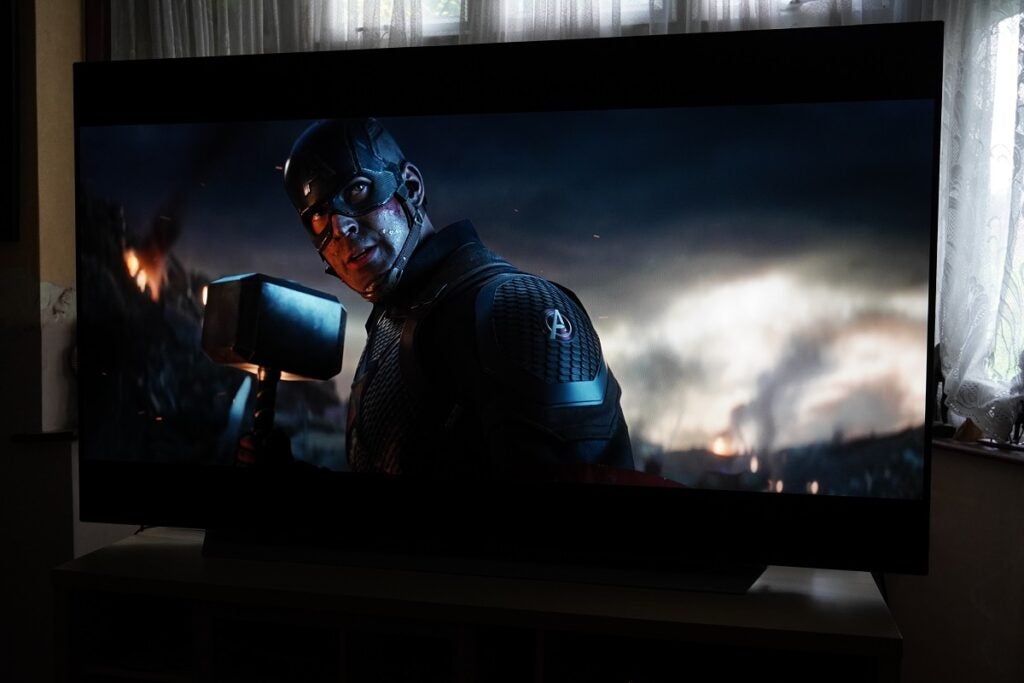
LG OLED65C1
Best 65-inch TV for PS5
Pros
- Super gaming performance
- Excellent contrast and sumptuous HDR
- Wide-ranging connectivity and smarts
Cons
- Weak sound
- Not the strongest motion stability
- Potential for image retention/burn-in
The LG C1 is a great all-round set, good enough for any console. It features all flavours of VRR, the technology that adapts the refresh rate of the console to the TV for a more consistent and stable visual performance that also reduces lag. With HDMI VRR, Nvidia G-Sync and AMD FreeSync onboard, consoles and PC gaming is covered if you don’t have a PS5.
We measured input lag 12.5ms, which is slightly faster than the C2 OLED, but with VRR this figure can be reduced even further. With HDMI 2.1 support across all HDMI ports, you can plug your console or PC into any one of them, and with 4K/120Hz support which the PS5 has, means you can enjoy compatible games with low latency and fast response time.
Of course, the C1 also boasts some superb picture quality with immense detailed levels that also brought out subtlety and nuance that other sets miss. During testing, HDR picture quality also proved to be impressive across a variety of sources, with fantastic contrast, as displayed by the rich whites and deep blacks. The Game Optimiser menu allows for customising the performance of the TV based on the genre of game being played, and how much detail you want to see in the darkest and brightest parts of the picture.
To get the best out of audio performance, we’d recommend adding a soundbar or sound system to the C1. We found the built-in speaker system was restricted in terms of size and scale, especially with some Dolby Atmos content. Pairing the C1 with a capable Atmos soundbar will offer better audio, for those interested in a high-spec, all-in-one TV/audio system, then there is the 55-inch JZ2000 that’s a little more expensive than the C1 currently is.
Reviewer: Kob Monney
Full Review: LG OLED65C1

Sony XR-65A95K
Best Sony TV for the PS5
Pros
- Gorgeous Dolby Vision image
- Slick motion handling
- Expansive sound system
- Good upscaling (up to a point)
- Accessible smart interface
Cons
- Obstructive stand
- Red push to complexions
- Still expensive
The A95K is a blend TV of OLED and Quantum Dot colour technologies to create a QD-OLED TV that offers the best of both worlds. If you’re after a Sony TV go with your PS5, the A95K currently offers the best performance.
It’s not a model geared for general gamers. It’s not interested in PC gamers with no support for AMD FreeSync or Nvidia G-Sync, but for those with a PS5 there are a number of exclusive features such as the Auto Tone Mapping HDR, which we found to be very good at calibrating the TV’s HDR performance. Input time of 16.5ms is solid, and Sony says that can drop down to 8.5ms with VRR enabled.
Much like the 55-inch version, the XR-65A95K delivers a quite thrilling HDR performance. Colours are wide-ranging, with more shades of colour compared to an OLED65G3. Contrast is excellent, and levels of sharpness, detail, and clarity are all high when watching 4K HDR content.
Black levels aren’t the best we’ve seen from an OLED TV, with the Sony having a tendency to struggle in describing overly dark scenes. Upscaling is also good up until a point. It’s not as sharp as LG or Samsung models with its upscaling performance, but that appears to be deliberate. Colours are handled very well, and the Sony picks out satisfying levels of detail too, with artefacts such as banding heavily reduced.
It’s with standard definition where the TV can struggle, with a signal noise that the A95K struggles smooth out. Other TVs of this size manage noise better. However, motion is excellent, very smooth and with very few noticeable artifacts.
Sound quality is among the best we’ve heard from a TV. Big in size, sharp and clear, with bass that’s much punchier than expected thanks to the integrated woofers in Acoustic Surface Audio+ system.
Reviewer: Kob Monney
Full Review: Sony XR-65A95K
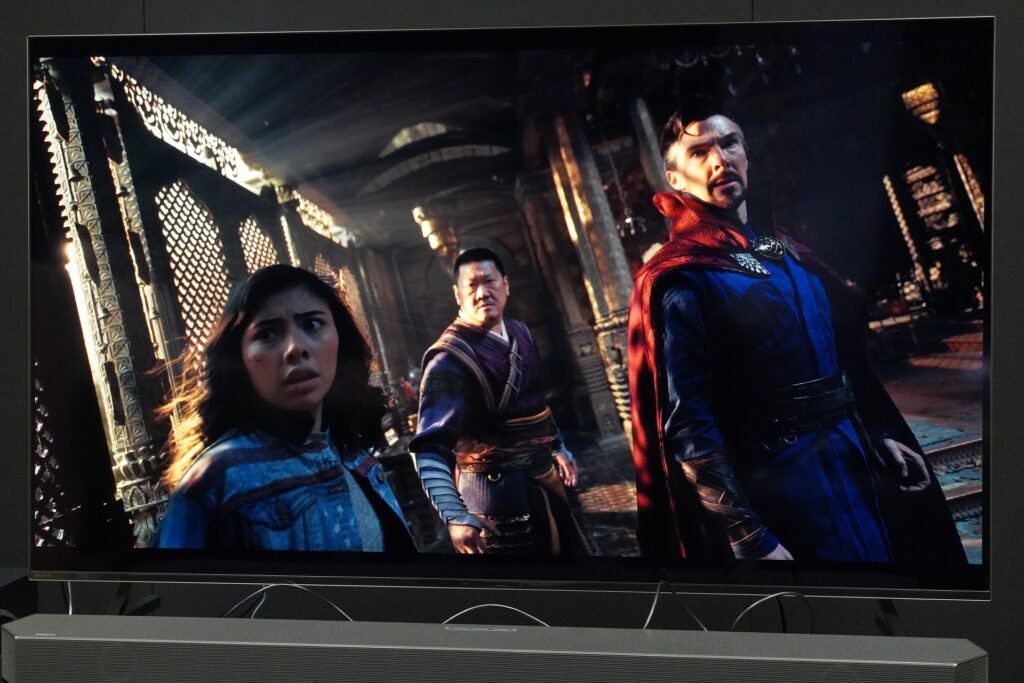
Sony XR-55A80J
Best 55-inch TV for PS5
Pros
- Detail, clear and colourful image from any source
- Dynamic, direct sound
- Excellent motion processing
- Google TV smarts
- Intelligent design
Cons
- Dolby Vision performance less vibrant than rivals
- PS5 owners get the best gaming performance
If you don’t have the room for a 65-inch model, then Sony XR-55A80J is the screen we’d suggest at a more suitable size. The A80J is one of several Sony TVs designated as ‘Perfect for PS5‘, featuring exclusive features such as Auto HDR Tone Mapping that optimises the HDR performance of the tell, and Auto Genre Picture Mode that detects when you’re playing a game and puts the TV into its lowest latency.
On the point of latency, we measured input lag at 16.3ms, which is good for a gaming telly, although the LG C1 above is quicker at 60Hz refresh rate. With the TV having added support for HDMI VRR in 2022, that input lag figure can be reduced even further at higher refresh rates with 4K/120Hz bringing it down to 8.5ms.
There is no Dolby Vision Game mode (the PS5 doesn’t support Dolby Vision for gaming anyway), and measured brightness in the A80J’s game mode to be 712 nits, which is not as bright as the LG C1 can reach. Comparing the two TV’s luminance, we found the A80J placed more of am emphasis on smaller HDR highlights than bigger objects, which may give the C1 the impression of being a brighter screen for gaming.
The A80J through its Acoustic Surface Audio+ speaker technology offered a more direct and forthright performance than the C1, even before we’d even calibrated. Using the built-in tools to calibrate the TV’s sound, it sounded better with dialogue with clarity and detail improved. We also found there to be decent weight to voices alongside some good bass to offer a low-end with impact. While a soundbar or sound system would be recommended, the A80J’s speaker system ensures you won’t need to jump out straight away to get one.
Reviewer: Kob Monney
Full Review: Sony XR-55A80J
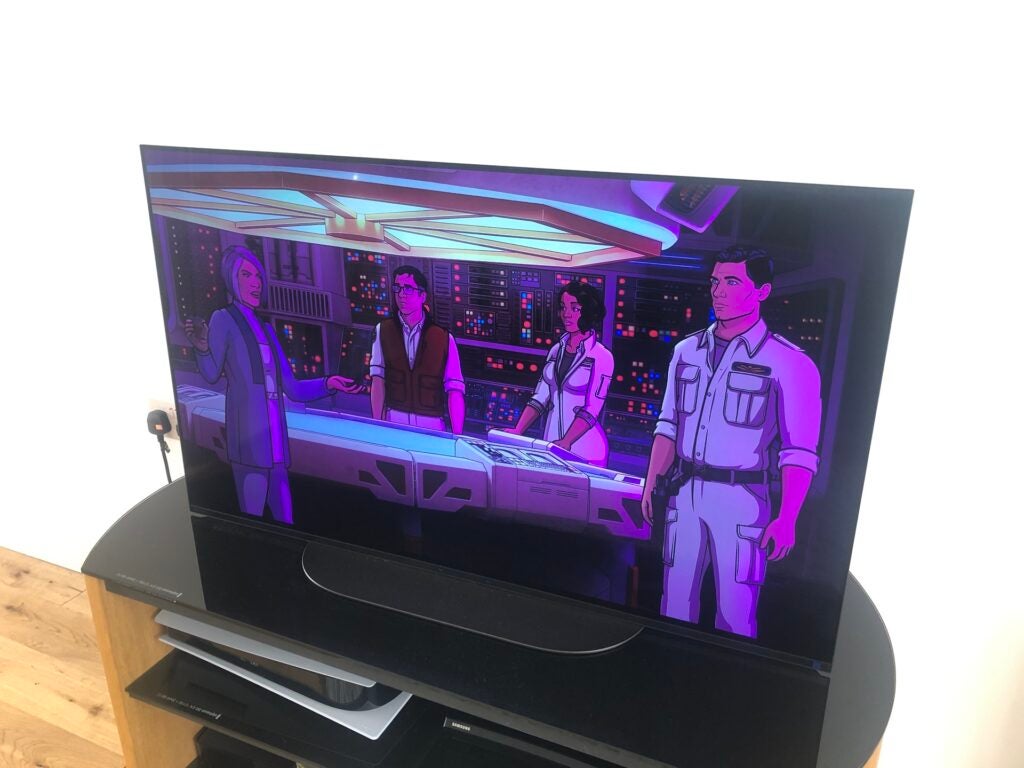
Sony XR-42A90K
Best TV under 50-inches for PS5
Pros
- Detailed, naturalistic and entirely persuasive images
- Impressive with gaming consoles
- Nice design, adaptable stand
Cons
- Eye-wideningly expensive
- Short of brightness
- Sound is rather skewed
If you’re lacking space or gaming in your bedroom, then Sony’s XR-42A90K OLED is tailored for that exact use. At 42-inches, it’s the smallest size you can get an OLED TV, although in terms of price per inch, it doesn’t come at a particularly affordable price come at $1399 / £1699.
Gaming with a PS5 connected, our reviewer found the experience to be impressive for a screen of this size. Input times are around 20ms, which is a respectable response time that can be brought down further with the TV’s support for HDMI VRR. VRR and 4K/120Hz are only supported across two HDMI inputs, with one of those also reserved for eARC that passes through audio such as Dolby Atmos to a compatible soundbar. If you have more than two HDMI 2.1 sources, you’d have to plug in and out the devices you want to use, but if you only have a PS5 and a soundbar then there’s less of a need to do that.
As this is a Sony TV there are exclusive features for the PS5, much like the A80J has. There’s support for Auto HDR Tone Mapping that configures the HDR for the A90K’s capabilities, and Auto Genre Picture Mode that automatically puts the OLED into its lowest latency state when it detects a PlayStation 5.
We found the picture performance when gaming to produce convincing and naturalistic images, with plenty of vibrancy to colours, depth to the image and excellent contrast. This isn’t the brightest OLED on the market, smaller-sized OLEDs face a struggle trying to replicate the brightness of bigger sizes, but given its 42-inch screen this is likely to be less noticeable given you’ll be sitting close to it.
Like the A80J, the A90K has Sony’s Acoustic Surface Audio+ built in, and the performance delivers direct and detailed audio, with dialogue sounding distinct and coherent. There isn’t much of a low end here, though, so there’s a shortage of punchiness to its sound and there’s a hint of edginess creeping through in the top-end, which only increases with volume. We haven’t yet tested LG’s 42-inch C2 but that would give this Sony a run for its money as it is the more affordable model.
Reviewer: Simon Lucas
Full Review: Sony XR-42A90K
We also considered…
We’ve reviewed
See all reviewsFAQs
The PS5 supports frame rates up to 4K/120Hz, as well as VRR and ALLM but there’s no Dolby Vision Game mode on its current set of TVs.




